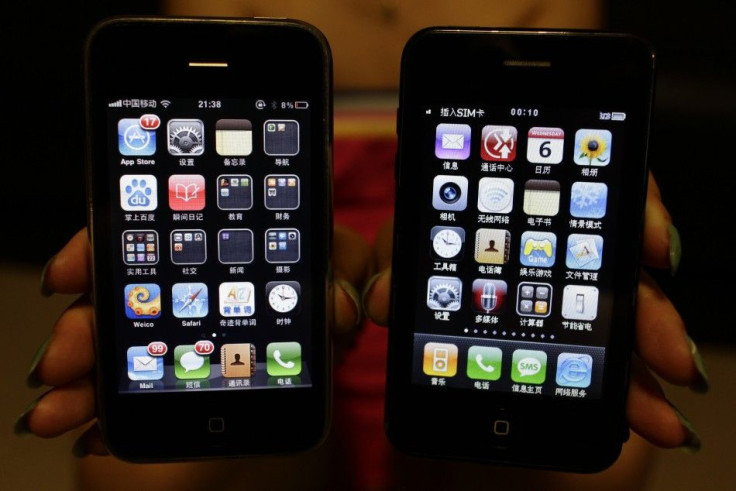Smartphones Causing Tiredness, Eyestrain, Headache: Study

Mobile phones and other stereo 3D devices are causing viewers eyestrain, fatigue and headaches, according to a new study published in a recent Journal of Vision.
The article, The Zone of Comfort: Predicting Visual Discomfort with Stereo Displays, is written by Martin S. Banks, professor of optometry and vision science, University of California, Berkeley.
Banks believe the cause for those discomforts may be because when viewing those devices, there is a demand for your eyes to focus on the screen and simultaneously adjust to the content. This conflict is called the vergence-accommodation.
When watching stereo 3D displays, the eyes must focus - that is, accommodate - to the distance of the screen because that's where the light comes from, Banks explained. At the same time, the eyes must converge to the distance of the stereo content, which may be in front of or behind the screen.
Banks and a team of investigators conducted a series of experiments on 24 adults for this study. The team looked at the interaction between the viewing distance and the direction of the conflict and also examined whether putting the content in front of or behind the screen affected viewer discomfort.
The results were that with devices like mobile phones and desktop displays that are viewed at a short distance, stereo content placed in front of the screen - and appearing closer to the viewer ? was less comfortable than content placed behind the screen.
On the other hand, when viewing at a longer distance, for example a movie theater, stereo content placed behind the screen was less comfortable. This was because it was appearing as though the viewer is looking through a window scene behind the screen.
Discomfort associated with viewing Stereo 3D is a major problem that may limit the use of technology, says Banks. We hope that our findings will inspire more research in this area.
The team suggested that future studies focus on a larger sample so as to develop population-based statistics that include children.
Furthermore, with the continuous growth in 3D movies in entertainment, communication and medical technology, the authors also said there should be established guidelines for the range of disparities presented on the displays and how viewers position themselves relative to the display.
This is an area of research where basic science meets application and we hope that the science can proceed quickly enough to keep up with the increasingly widespread use of the technology, Banks said.
© Copyright IBTimes 2024. All rights reserved.






















